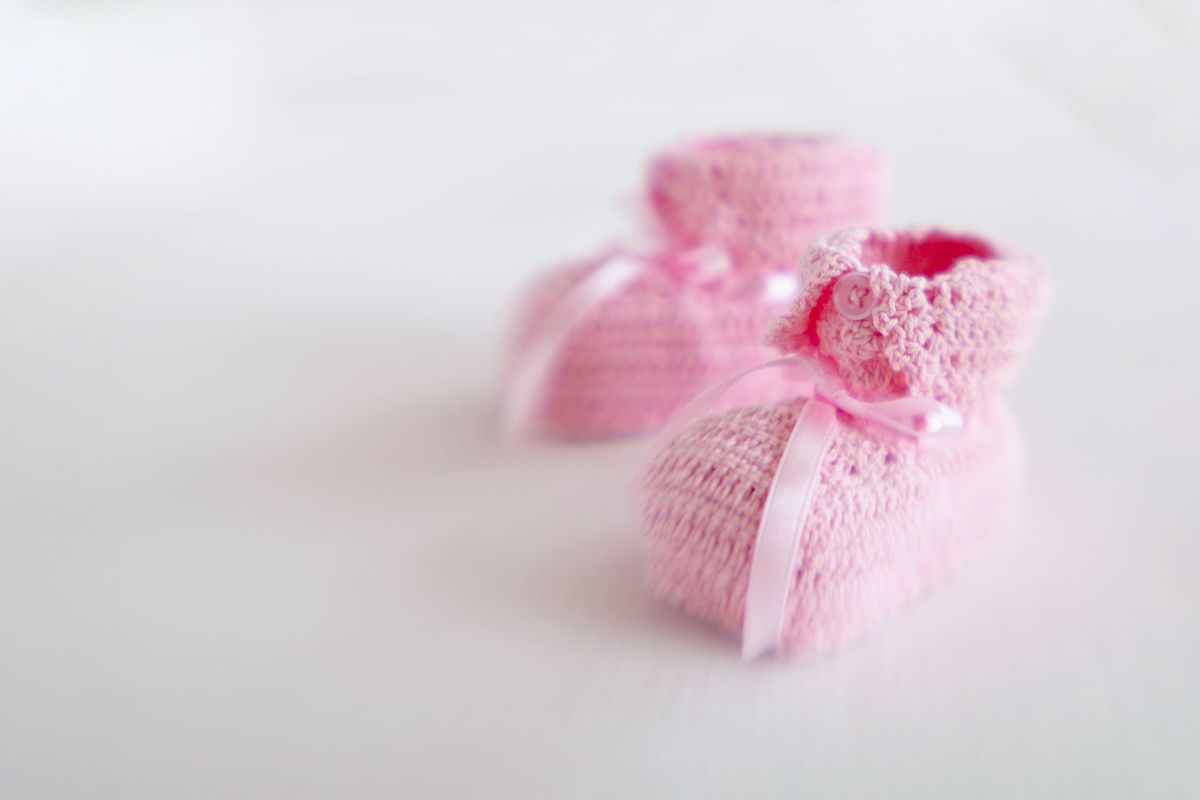Whether you like it or not — the color pink is everywhere. It was plastered all over the "Barbie" marketing campaigns all summer long. It's in the everyday summer sunsets that slowly become less frequent as we ring in the fall. While the color may not be your favorite (it was never mine until recently) — it has societal importance. It's a gendered color — think anything feminine, it's pink right?
Without even trying, fashion and music celebrity couples like Rihanna and ASAP Rocky are trying to change that perception though. In recent family photos with their young, infant children and their newest son — aptly named Riot Rose — was dripping in pink, much to everyone's surprise and even posed some confusion about their son's gender. Some comments bordered on homophobic and transphobic, with certain people unable to fully comprehend that a boy dressed in pink was inside the realm of possibility.
If I'm being honest — as a woman who has recently reclaimed the gendered, feminine associations with the color pink — my preconceived notions automatically made me question the baby's gender, too, but not in a way that perpetuates harmful associations to gender and sexuality.
So I figure is it important to further explore the implications of a seemingly cisgender, high-profile couple's impact in starting a conversation about how we should strip gender from baby clothes — and our adult clothes, too.
Even as cis people, the couple has been long known for challenging the gender binary in fashion. The pop singer was quoted in Vogue that she liked "to dress [her first son RZA] in things that don't look like baby clothes. I like to push it. I put him in floral stuff. I put him in hot pink. I love that. I think that fluidity in fashion is best. I always shop in the men's department, you know."
Rihanna's comments are actually more in line with the history of the color pink. As we have changed the ideas of what pink means due to misogyny and feminism, it has evolved to a gendered color but previous Salon coverage has noted that. "Prior to the second half of the 20th century, babies were dressed in all sorts of light colors. . ." In America, "the generally accepted rule is pink for the boy and blue for the girl."
We need your help to stay independent
So why have we become so outraged when we see that boys are dressed in pink when the originally socially accepted color for boys was that very color? More than 50 years ago, in more repressive times, children dressed in more gender-neutral colors until it was no longer marketable for retail companies in the 1950s. It doesn't get more capitalistic than that, I fear.
One in four children and youth identify as LGBTQ+, and as tides have shifted in 21st-century America, our ideas about gender and sexuality — most importantly gender expression and how that manifests itself — have been evolving for the better. It's why we have celebrity couples dressing their children in pink regardless of the potential gendered impact or giving space for their nonbinary or trans children to dress in whatever they feel is right for them in their growing adolescent bodies.
Femininity can be equally as toxic as masculinity — in a more subtle way that isn't as cunning as the overt patriarchal dominance in this society.
Our culture has slowly but surely begun to adapt to the changing societal norms in our fourth wave of feminism. As we have grasped the social constructs attached to the color pink, it will require us to change our habits, too, not just in fasion. While the girlhood reclamations of this year have allowed girls, women and people in general to detach from the shame and guilt attached to girlhood, I think it is equally as important now that we are at peace with our girlhood to assess how much importance we put on expected feminine beauty standards.
Femininity can be equally as toxic as masculinity — in a more subtle way that isn't as cunning as the overt patriarchal dominance in this society but it still exists, for better or worse. For that reason, I may think we overcorrected when it came to the resurgence of a girl-core summer. It became just another marketing ploy to turn us into hyper-consumers of pink-drenched content (clothes, makeup, media) tailored to healing our girlhood impulses. Fashion is based on trends, so of course this one too will die, and it already feels like it's overkill.
But if I could look into the near future, I can visualize a more gender-neutral lens where people cease to comment on the gendered associations with the color pink and well, all colors. That would create a safer, more colorful, fashionable world untethered to unattainable, toxic ideals of the binary that is femininity and masculinity.
Read more
about gender and feminism



Shares